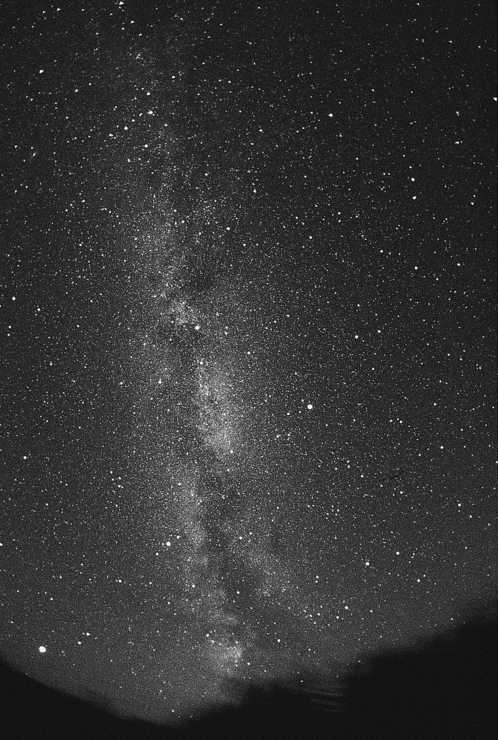As long as human beings have existed, they have certainly wondered the sky. In the sky, ancient people saw figures related to religious myths and omens sent by the gods. However, already a couple of millennia ago the real astronomy started to evolve, separating itself from religions and astrological superstitions. People started to study the sky for its own sake.
1.1 Celestial Objects
In the 17th century people started to realise that the Earth is not the centre of the Universe. About the same time emerged the current view that stars are celestial bodies similar to our Sun. The seem to be faint dots only due to their huge distances. We now know that the Sun and stars are hot glowing balls of gas, producing energy when fusion reactions convert hydrogen to helium and also to other heavier elements (Chap. ).
Although stars actually move at enormous speeds, the sky does not seem to change even in thousands of years, due to the vast distances of the stars. In addition to the Sun and the Moon there are some other objects that move with respect to the stars. Since the antiquity, these moving objects have been called planets , from the Greek word meaning a wanderer.
The rapid motions of the planets reveal that they are much closer than the stars. Indeed they are objects orbiting the Sun. According the current definition (Chap. ). Mosts planets also have their own satellites or moons. Planets, moons and minor bodies do not produce light by nuclear fusion; instead they shine just by reflecting the sunlight.
At the centre of the solar system shines the Sun, producing energy by fusion reactions (Chap. ). It is the nearest star, and studying its properties reveals also a lot about other stars.
A few thousand stars can be seen by the naked eye, but even a small telescope reveals millions of them. Based on their properties, stars can be divided into different categories. A great majority of them is main-sequence stars , like our Sun. Some of them, though, are much bigger, giants or supergiants , and some are much smaller, white dwarfs . Different stars are usually related to different evolutionary stages in the lives of stars. Many stars are variable stars , whose brightness varies with time.
Rather recently found objects are compact stars : neutron stars and black holes (Chap. ). Their material is squeezed into such a compressed form and their gravitational field is so strong that Einsteins general theory of relativity must be used to describe their matter and space around them.
The Sun is a solitary star. Many stars appear in pairs, they are binary stars , orbiting around their common centre of mass (Chap. ). Also systems of several stars are relatively common.
Bigger groups of stars are star clusters (Chap. ) usually contain a few tens or hundreds of stars, that were born in the same area, usually quite recently. Eventually the stars will diverge to their own paths.
Fig. 1.2
The Pleiades is one of the best-known open star clusters. The six brightest stars can easily be seen with the naked eye. Photographs reveal also interstellar gas reflecting the light of the stars. (NASA, ESA, AURA/Caltech, Palomar Observatory)
Globular cluster (Fig. ), on the other hand, may contain hundreds of thousands or millions of stars, which are usually very old.
Fig. 1.3
The globular cluster M13 in the Hercules constellation contains over a million stars. The cluster can even be seen with the naked eye as a small nebulous spot. (Palomar Observatory)
The interstellar space corresponds pretty well to our idea about a perfect vacuum. However, it is not totally empty but contains interstellar matter , mainly hydrogen and helium, but also minute amounts of heavier elements, molecules and dust (Chap. ).
Fig. 1.4
The North America nebula in the constellation of Cygnus is a large cloud of interstellar gas. The nebula appears brighter than the background because the radiation from the nearby stars makes it shine. The nebula is, however, very faint and difficult to observe visually. The brightest star on the right is

Cygni or Deneb. (Photo M. Poutanen and H. Virtanen)
New stars are born by condensing from the interstellar matter. When the density, pressure and temperature of the condensing cloud have risen high enough, fusion reactions start and a new star begins to radiate the energy released in the reactions (Chap. ). After millions or billions of years the energy resources will be exhausted. The evolution then depends on the mass of the star. The smallest stars just cool down and fade away, but more massive ones either eject part of their mass back to space as planetary nebula or explode as supernovas . Thus matter converted by the nuclear reactions of the stars is mixed with the interstellar matter.
All stars visible as separate objects to the naked eye or with binoculars belong to the Milky Way (Fig. ). It takes about 100,000 years to travel across the Milky Way with the speed of light.
Fig. 1.5
The Milky Way appears as a nebulous band stretching across the sky. A telescope reveals that it consists of myriads of stars as observed already by Galileo Galilei 400 years ago. The Milky Way is a flat disclike stellar system. Our solar system is close to the plane of the disc, and looking in the direction of the plane we see a lot of stars. But if we look away from the disc the stellar density is much lower. The disc contains also unevenly distributed interstellar gas and dust, which obscures the view in some directions. Near the lower edge of the picture the Milky Way seems to split into two branches because the distant stars are behind the intervening obscuring matter. (Pekka Parviainen)

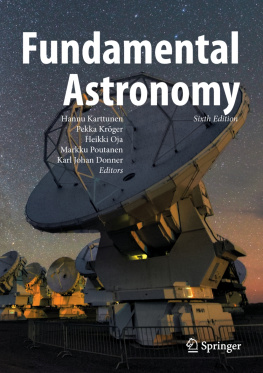








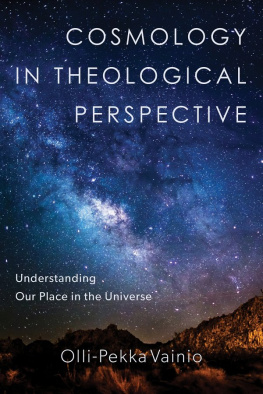



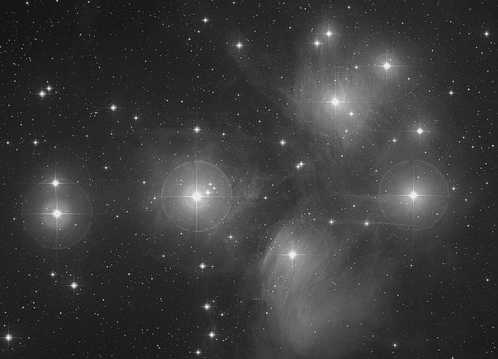
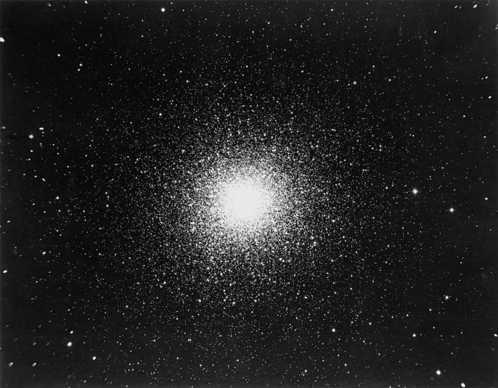
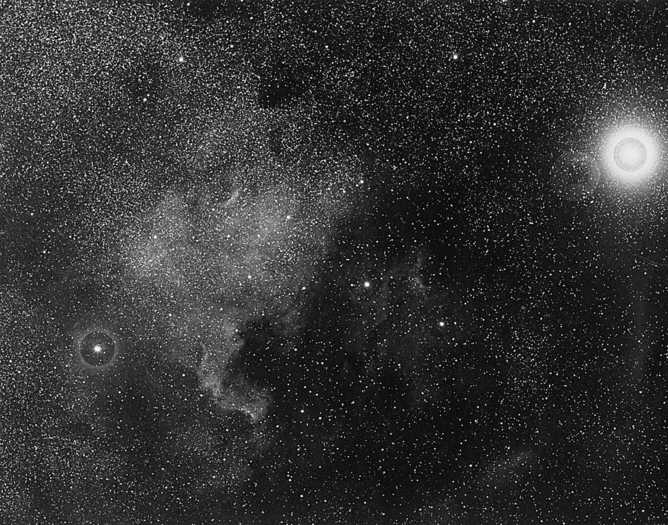
 Cygni or Deneb. (Photo M. Poutanen and H. Virtanen)
Cygni or Deneb. (Photo M. Poutanen and H. Virtanen)